Over the years, most of the racing cars that have captured the public imagination have been not Formula 1 machines but sports cars, and most notably those that raced at Le Mans. We know their names: the Jaguar D-Type, Ferrari Testa Rossa, Ford GT40, Porsche 917… All were phenomenally successful. Of course they were. So how could a complete failure become revered and as much a part of motor racing lore as any multiple Le Mans winner? Well, just look at it.
The supercharged 4½-litre Bentley didn’t win Le Mans, nor any other race, for that matter. It was a car that WO Bentley himself hated and one that was blamed in part – and wrongly – for having contributed to the bankruptcy of the original Bentley company in 1931. Yet here it is. When we think of a vintage Bentley, it’s not a nimble 3-litre, unsupercharged 4½-litre or Speed Six that springs to mind – and they all did win Le Mans, no fewer than five times in seven attempts between 1924 and 1930. It’s this car, the Bentley informally but eternally known simply as the Blower.
The reason why is down to that most famous of Bentley Boys, Sir Henry Birkin. Supercharging was his shortcut to more power, and he got the Bentley board on side with WO’s a lone dissenting voice. They would build 50 road cars and four ‘Team’ cars, which would race allied with Bentley but from a separate stable, that of the wealthy Dorothy Paget, whose money financed the scheme. And it’s that image of Birkin hammering down the Mulsanne Straight or around the Brooklands banking, polka-dotted scarf fluttering in the hurricane-force wind that is, for most, the abiding image of the vintage Bentley.

Of those four Blowers, Birkin’s favourite was Number Two, the car in which, during the 1930 Le Mans, he overtook the works Mercedes-Benz SSK of German ace Rudolf Caracciola on the Mulsanne Straight, partly on the grass, with a tyre in tatters and at something over 120mph. The car survives today, as it was then in all ways that matter, making it the most original of all the works vintage Bentley race cars. It’s owned by the factory and has been valued at £25 million. And while it is at Millbrook today for me to drive, it’s not the car that I’ve come to see and sample. But one very like it.

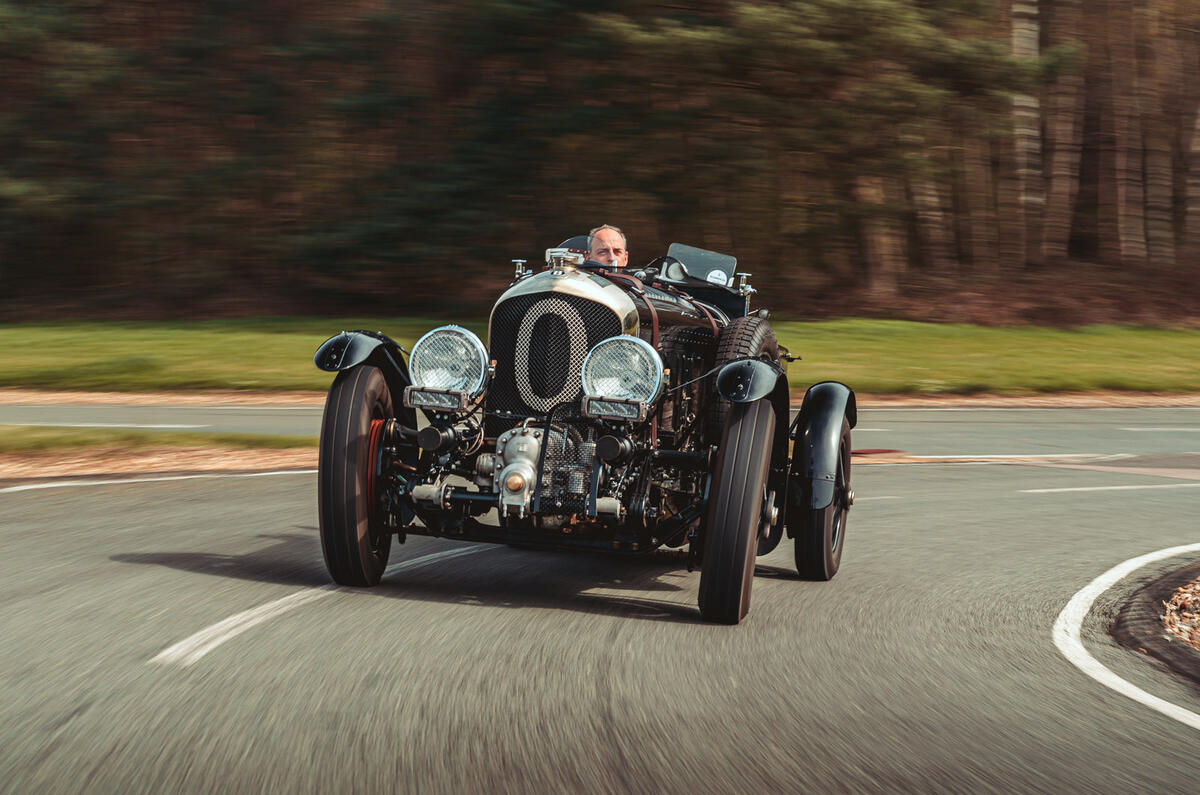
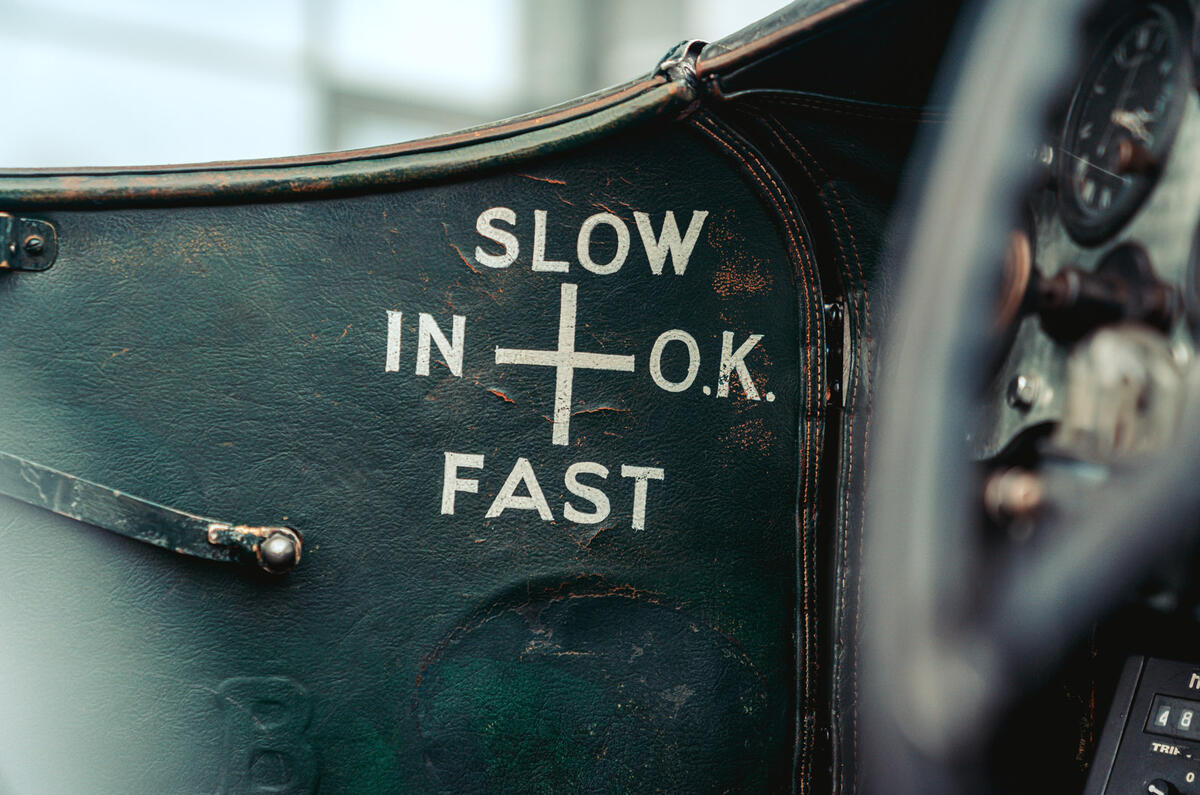

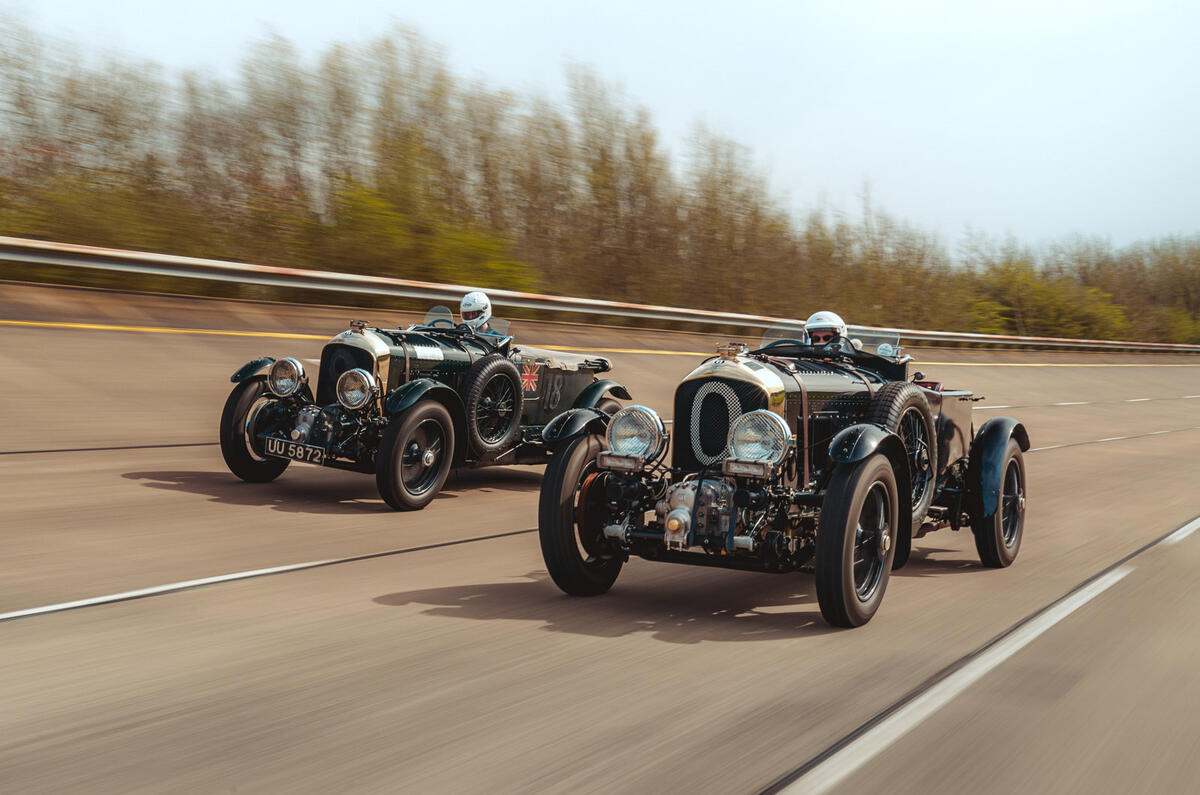
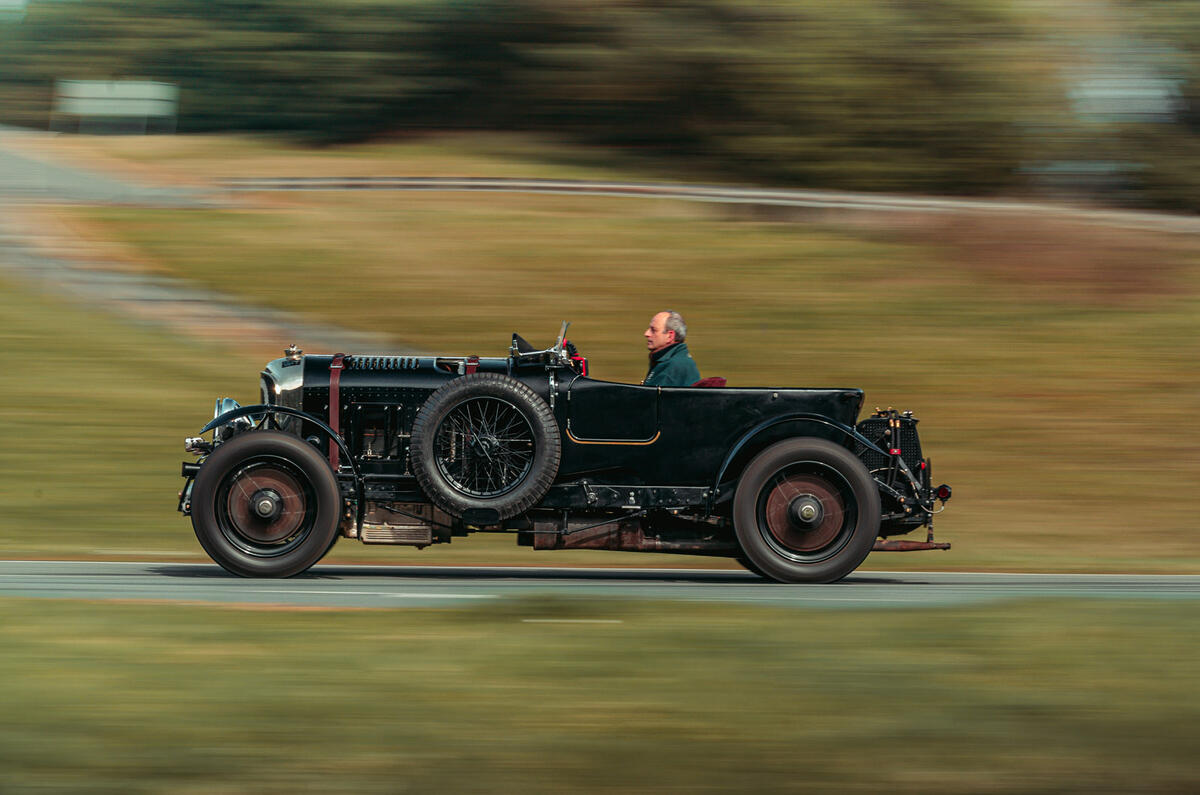
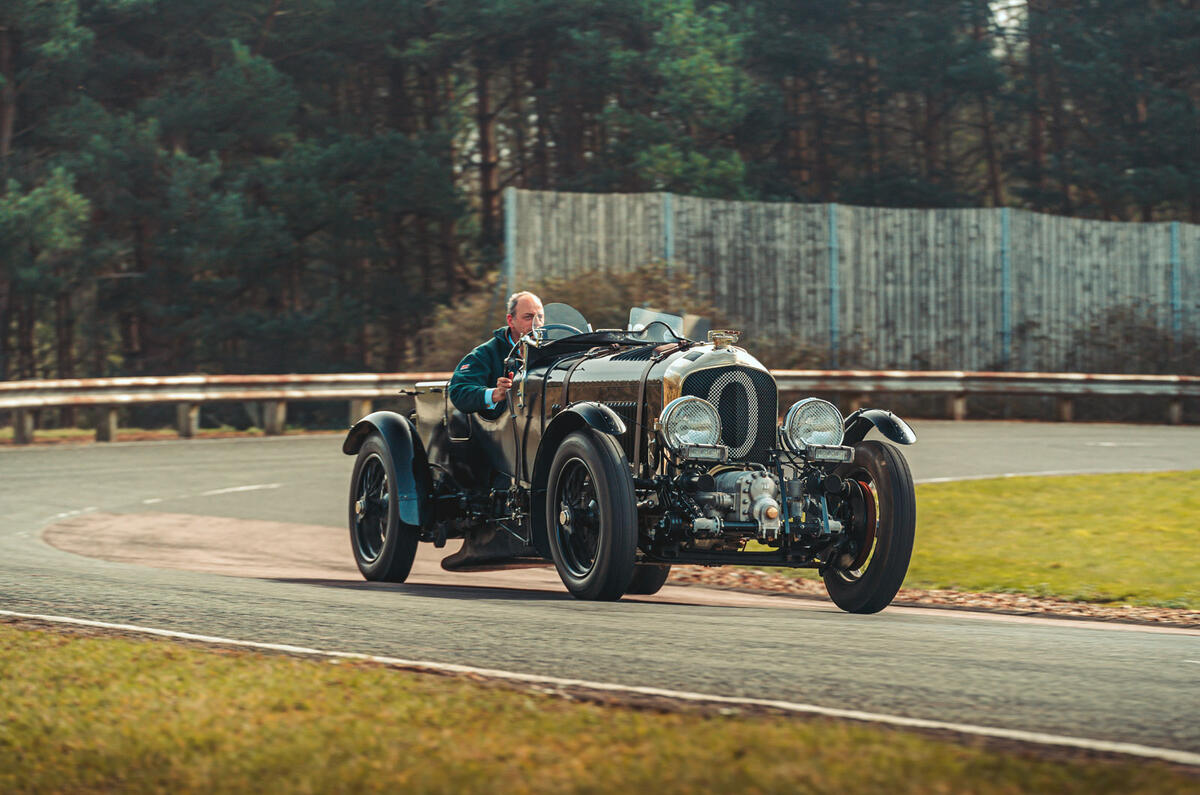
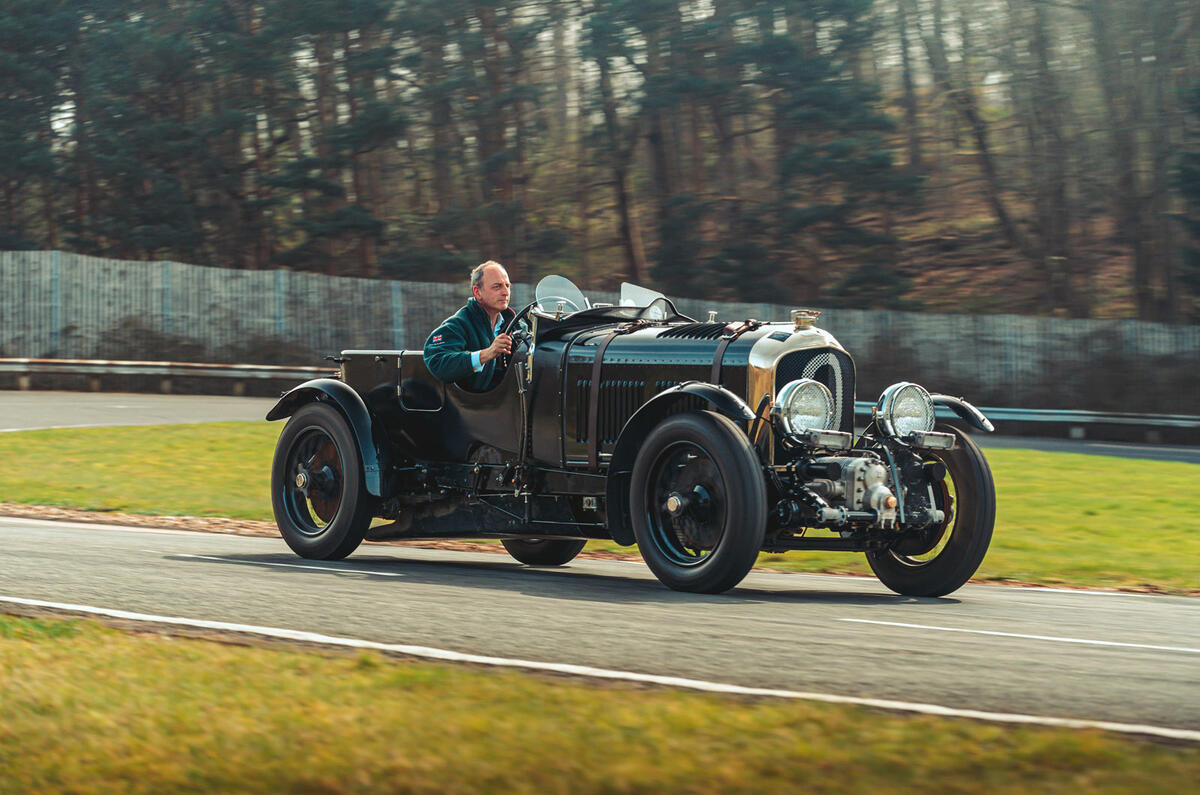
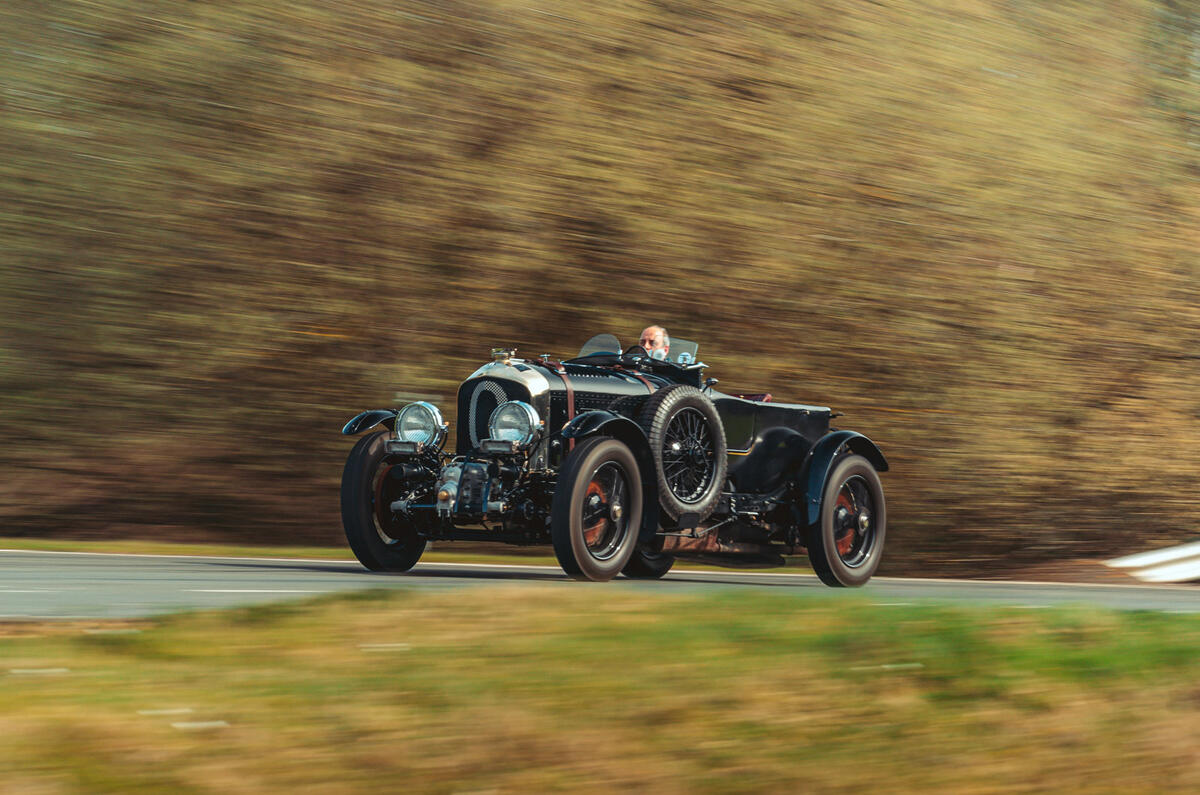
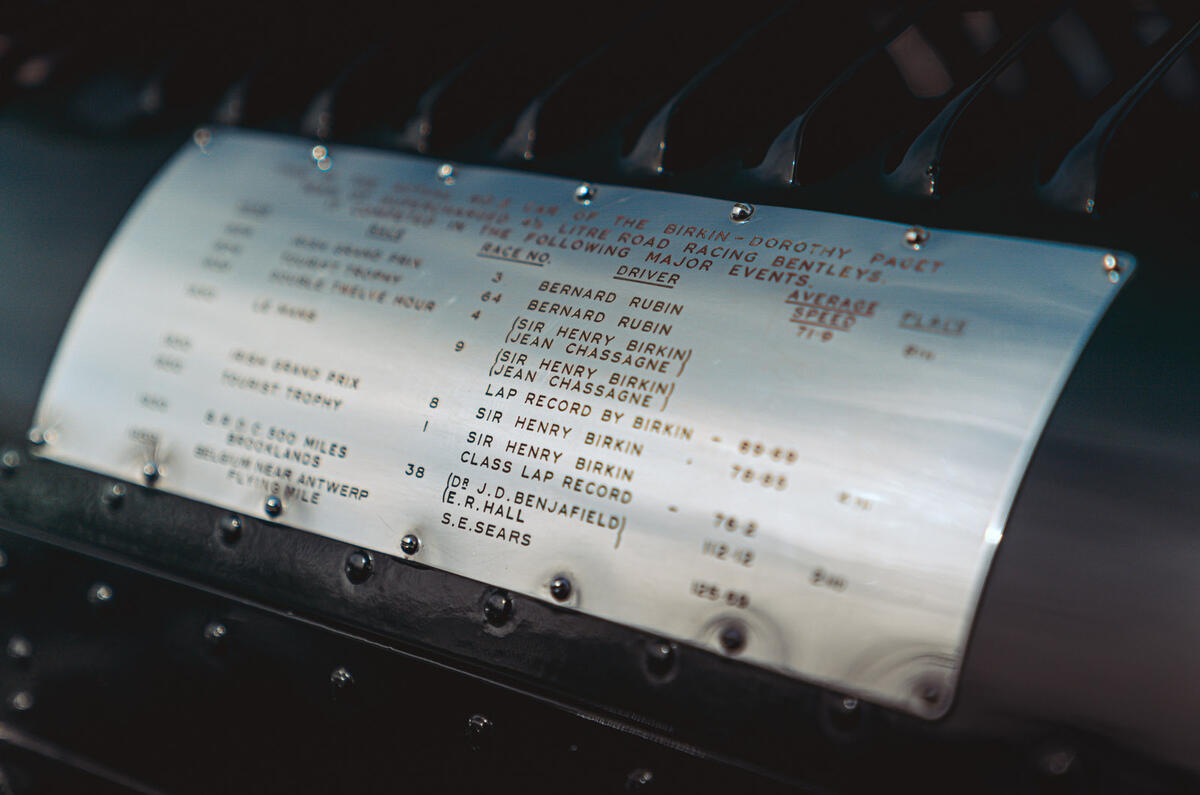




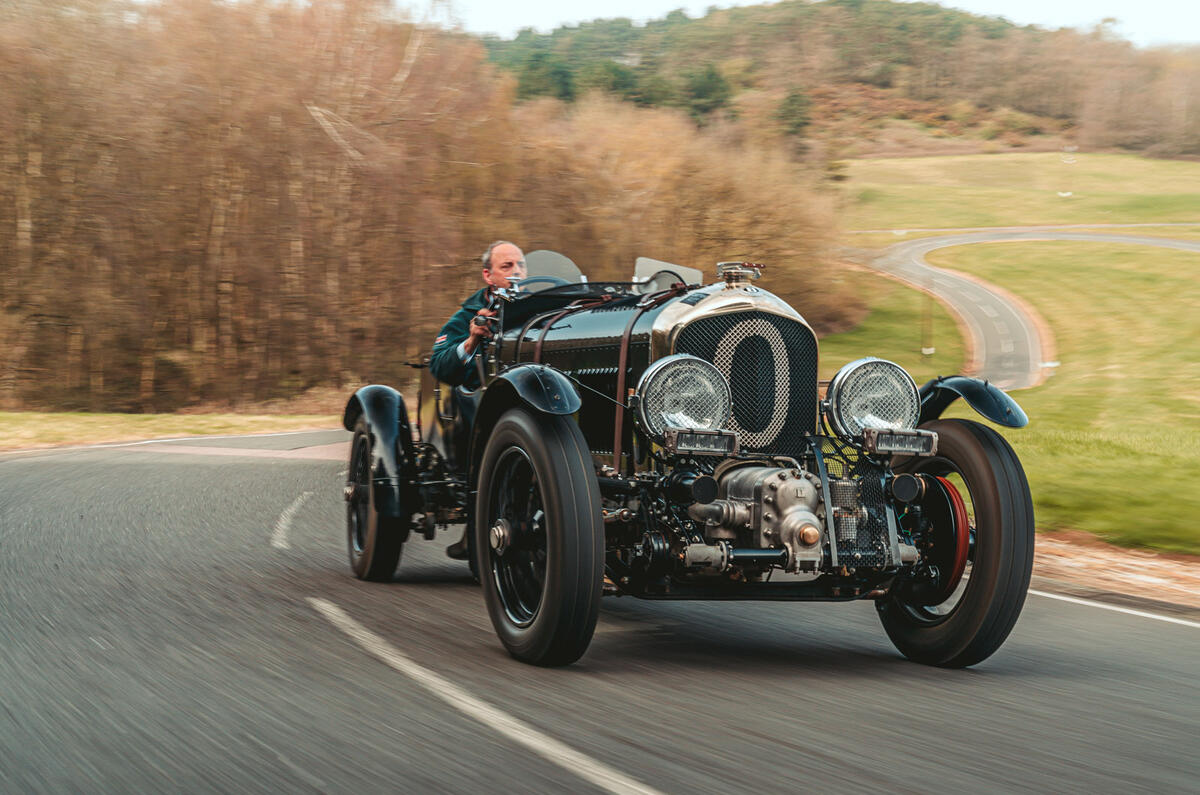
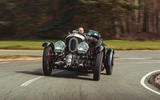
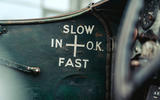

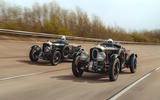
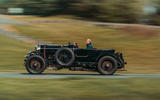

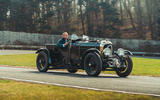
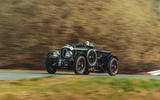



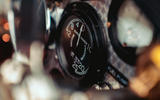
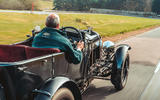
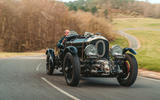

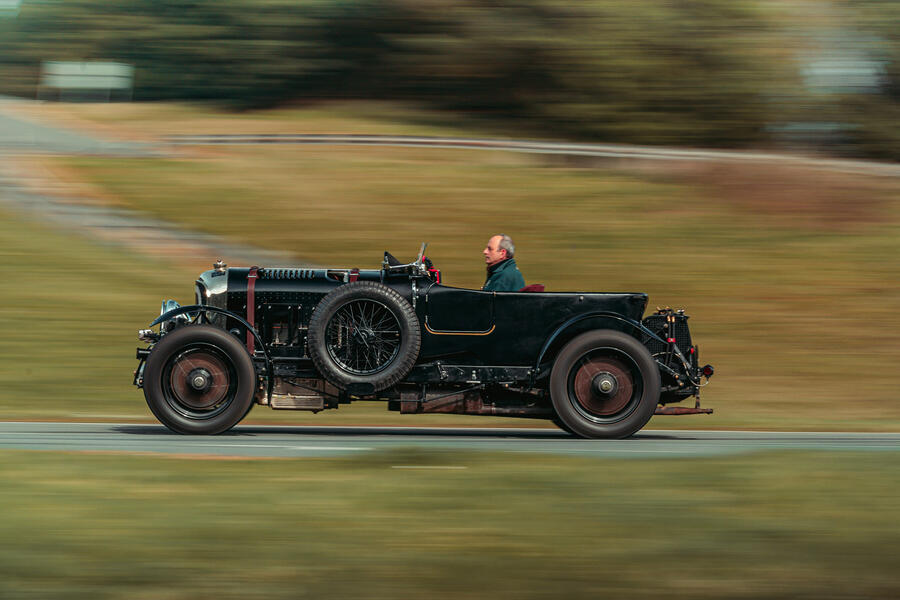



Join the debate
Add your comment
To drive that in the English countryside in the Summer would be a special experience. Toad of Toad Hall for the day.